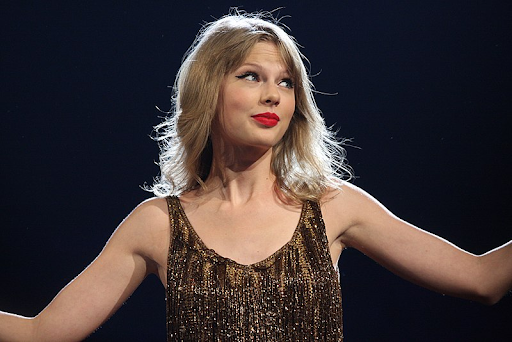Mass shooting at local bar in Kansas City
On Friday, Oct. 6, a shooting in Kansas City killed four and injured five at a local bar. Police have determined two possible suspects from eyewitness accounts, citing the motive as a fight that occurred only hours earlier at the same bar. Despite the severity of the incident and its nationwide coverage, a surprisingly low number of Guilford students seem to have registered the shooting as a headline to remember.
Just before midnight on Oct. 5, eyewitness Shay Celedon reportedly saw a man angrily enter the Tequila KC Bar and get into an argument with the bartender, resulting in his expulsion from the vicinity (CNN). Two hours later, at 1:27 a.m., he returned with an accomplice and weapons to continue the fight. Due to the casings found on the scene, it is believed that both suspects were armed with handguns.
Since then, the two suspects have been identified but not found, Javier Alatorre and Hugo Villanueva-Morales, both of whom are allegedly associated with gangs that frequent the Kansas City area (KSHB). Police are actively looking for the suspects but believe that both have used their gang connections to go into hiding.
The shooting has struck a chord in the Kansas City culture as the community in the Tequila KC Bar held much importance. However, it seems as though the coverage of the incident was not enough to raise awareness within or strike compassion into the hearts of Guilford students. In a random survey of around ten students, none of them had heard about the shooting, but all had a few words to say about its presence in the media.
Karla Hernandez, who was present at UNC Charlotte during the shooting in April of this year, states that the coverage of shootings across America is important for educating the public on how to respond in such scenarios.
“It’s important that people are prepared because these things can happen anywhere,” Hernandez said. “In those situations, you just don’t know what to do.”
On the flip side, Hernandez said that the media should be careful in how it portrays the victims versus the gunmen.
“I feel like there’s an idolization of the shooters sometimes,” Hernandez said. This may contribute to the epidemic of young shooters across America.
Guilford student Will Jeffries agreed. Although he doesn’t often follow the news, Jeffries does believe that mass media is “just treating (gun violence) as a black box,” citing a mere “input” and “output” with little analysis of the issue itself.
Among worries about coverage of mass shootings include the “de-stigmatization of gun violence due to exposure in the media,” according to first-year Harris Khan, who believes that the mass media has begun to use shootings as a tool separate from the tragedy that they carry.
“The media uses gun violence to push a political agenda rather than a social one, and as such people have started to care less about the lives that have been lost and more about the weapons used to take those lives,” Khan said. “The people who’ve lost their lives shouldn’t be tools for a discussion that pushes not for the protection of people but of politicians and their constituents.”
It is very true that the media is reporting on many shootings and exposing the public to the horrors and effects of gun violence, and is using these attacks as a method for promoting discussion of gun control, which is a large topic in the presidential debates this year.
In fact, only a week after this shooting occurred, Kansas City was the site of another fatal shooting that has now been reported on national news. The frequency of such events explains why so few of the Guilford students could recall the Tequila KC Bar shooting when prompted, and brings into question what the general public can do about shootings.
That, however, is another debate altogether. People can honor those whose lives were lost. While their names might not be known, all we can do is keep them and their families in our thoughts for the weeks to come and start conversations to maybe prevent such events from happening in the future.
Editor’s note: This story originally was published in Volume 106, Issue 3 of The Guilfordian on Oct. 18, 2019.





